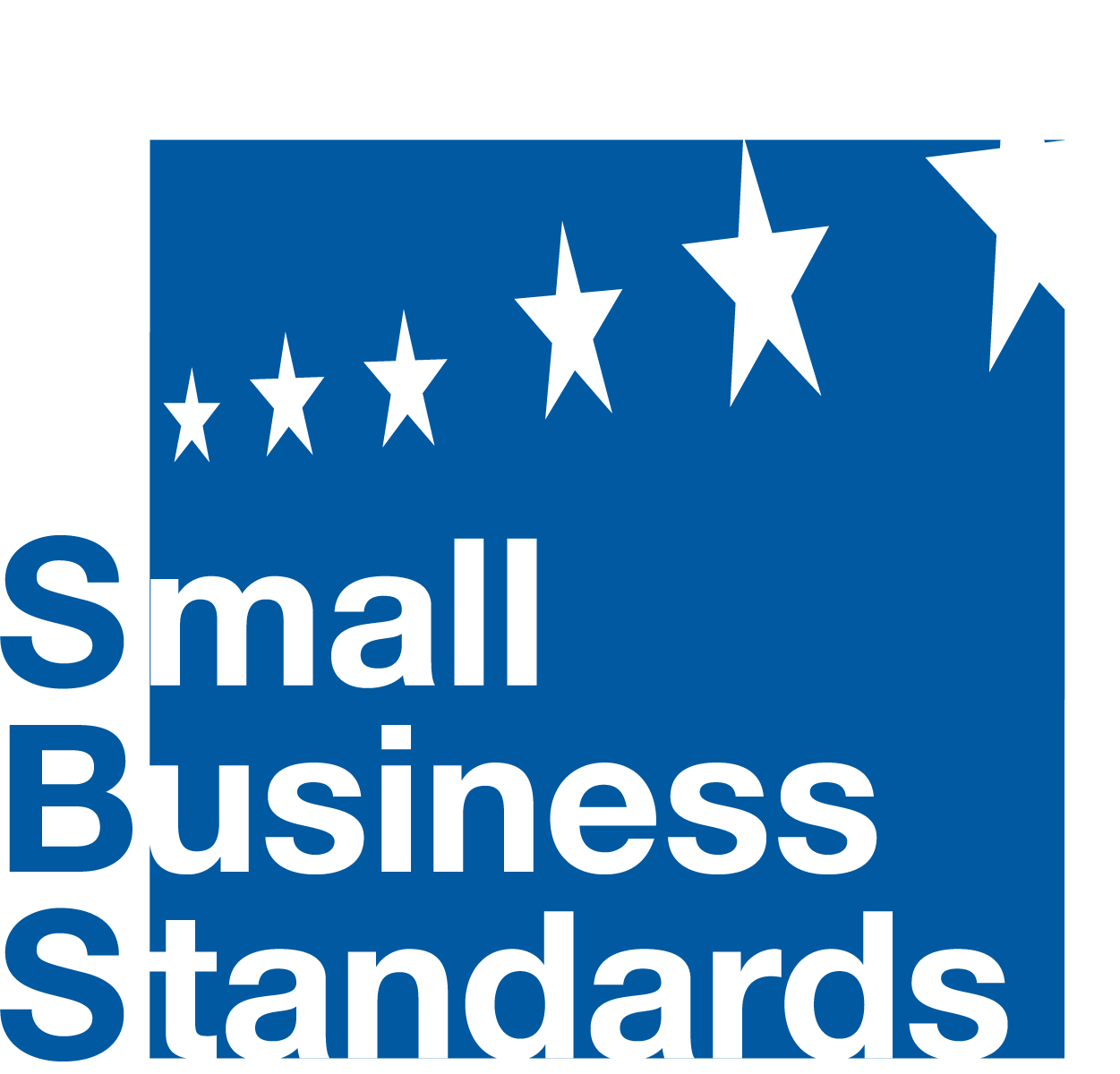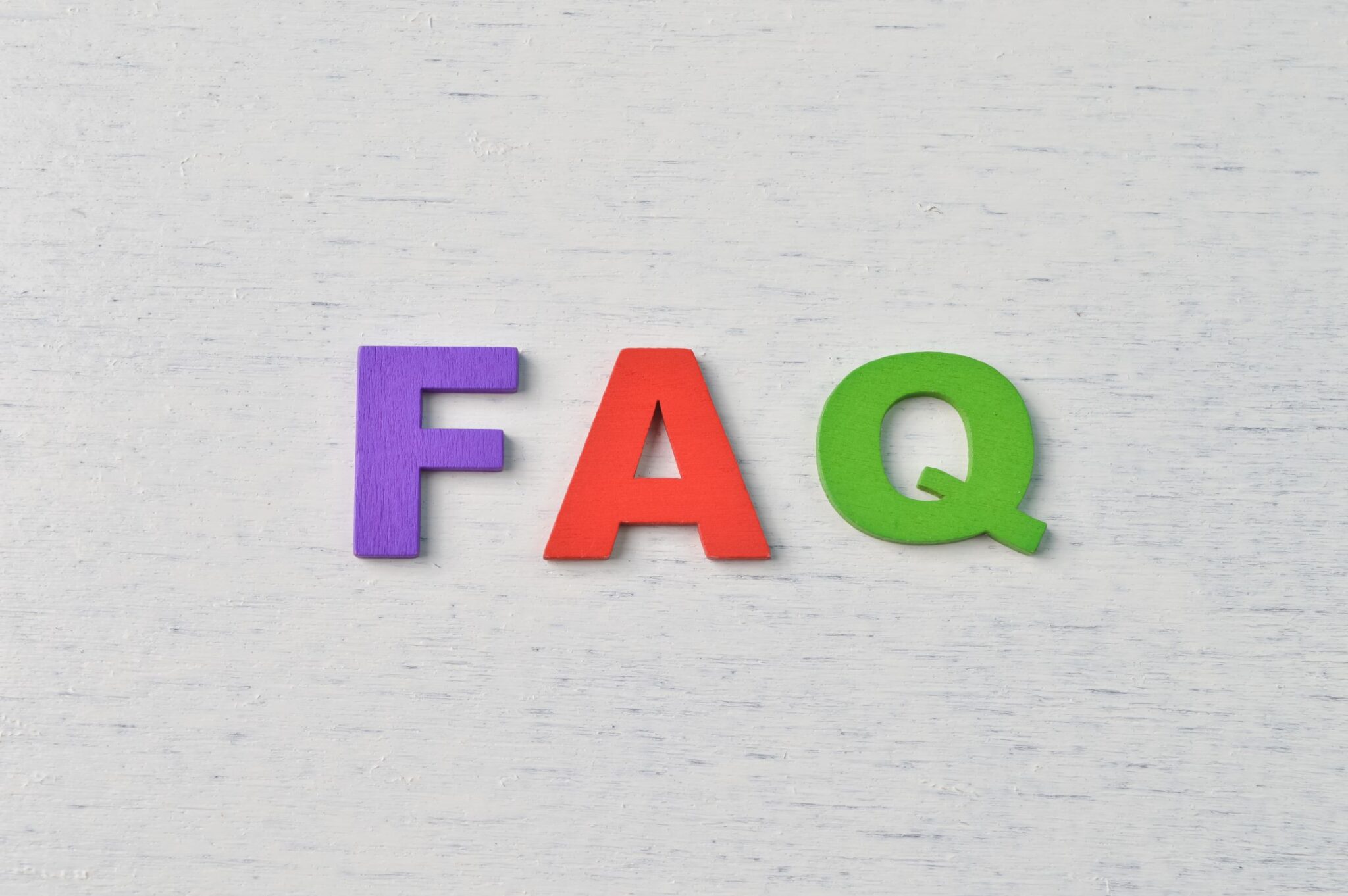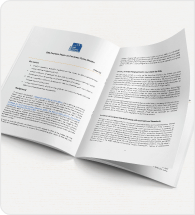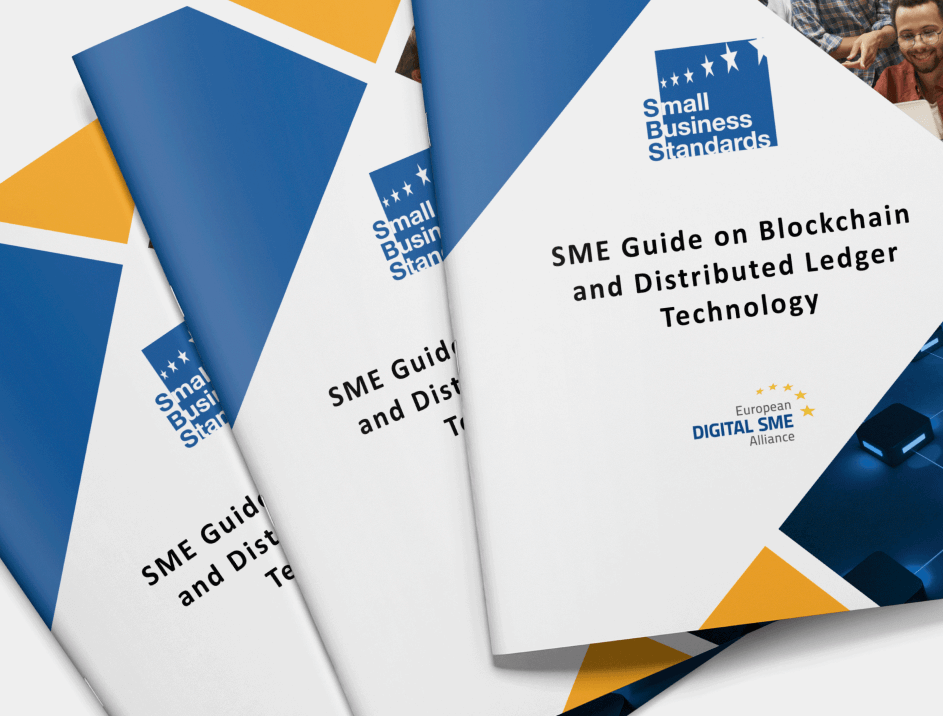Standardisation in services
On the 1st of June 2016 the European Commission published a standardisation Package including a Communication on the “Dedicated Guidance on service standards” on the untapped potential of services standardisation . This paper has been developed with a view to respond to the Communication.
Introduction:
SBS welcomes the publication of the package on standardisation, which demonstrates the growing interest of decision-makers for the issue. Standards are increasingly referred to in product legislation as a means to help ensure compliance. However, standards are not always SME user-friendly, nor do they always take into account the specific needs of SMEs.
With its Communication on service standardisation, the Commission is calling for greater development and use of European service standards. SBS does not share this view. Smaller
companies regularly encounter difficulties with standards. These should not be replicated when developing standards for services.
The service sector is dominated by SMEs. These SMEs and craft companies are often rooted in the local economic and social context. The services provided are very often in direct response to the
requirements and needs of the local market they serve while being linked to developments such as demographic and environmental challenges. SMEs provide some of the highest quality services
available, in a flexible manner adapted to the client’s needs and building on long-term relationships.
Service standardisation through its wide field of application in very diverse industry sectors and company structures, as well as its intangible nature, provides a unique set of challenges where the concerns of SMEs are often misunderstood. This position paper aims to clear up some of the misunderstandings and pinpoint major opportunities and challenges of service standardisation.
1 standardisation package, Commission staff working document “Tapping the potential of European service standards to help Europe’s consumers and businesses”. SWD(2016) 186 final, published on 1.6.2016.
Key Points
1. Make the standards usable for SMEs!
Ensure that the standards take into account SME needs
2. Make the standards useful!
Ensure that the subject and content is relevant and needed
3. Product-Services linkage:
Create fair market opportunities and competition
4. State of the art:
Make good standards!
5. Value chains, certification and costs
Make sure to understand the costs involved in applying standards
1. Make the standards usable for SMEs!
Standards must take into account the specific needs of SMEs Considering the predominant role that SMEs play in the service industry and the relatively low degree
(proportional to their overall weight in the economy) of SME involvement in federations combined with the lack of financial and human resources available in SMEs, the main challenge consists in the development of fit-for-purpose service standards applicable by companies in their daily operations. Whilst standards have many benefits, they also represent a gateway for larger corporations to remove SMEs from the market. In case SME-specific needs are not taken into account in the standards development process, there is a high risk that SMEs will not be able to implement the finalised standards, which may lead to a disadvantage in terms of competition. Furthermore, due to the lack of financial and human resources, SMEs find it very challenging to participate directly in standardisation activities. Considering the above, the standards development process suffers from a lack of input from the main type of actor in the services field (SMEs). This systemic issue must be addressed by implementing additional efforts and checks on SME compliance with standards.
Any work in the area of services standardisation needs to:
- Identify up-front all impacted and potentially impacted economic actors, directly challenging them about their participation and contribution to the assessment of market relevance.
- Demonstrate the added-value of each service standardisation project, including impact studies on SMEs at the outset, and tests on SMEs at different stages of the process.
2. Make the standards useful!
Ensure that the content and subject is relevant and needed
Standards need to cater for the needs of the majority of the companies in a given sector and should not be confused with regulation. Specific adaptation of general standards for the relevant sector and for SMEs is necessary but costly. In many sectors there is no need for harmonised European standards as services are provided locally.
The development of European standards in the field of services holds potential for supporting in particular SMEs in a changing market place.
The current approach of developing horizontal service standards (Mandate M/517 – CEN TC 447) for certain business aspects may help SMEs identifying opportunities in general areas such as performance measurement and client satisfaction.
Nevertheless, to be useful for SMEs, standards need to be specifically tailored to the needs of the industry sector and the companies operating therein. In our experience, general standards, particularly in the services sector (see below management standards) need to be adapted at high costs for the relevant sector by the actors active in the sector on the one hand, and for SME needs in that sector on the other. Considering the costs entailed in making these standards relevant for SMEs, the scope for European- wide service standards appears limited. This applies in particular to harmonised standards. For instance, with regard to ISO 9000, a targeted and appropriate implementation is likely to suffice in the case of SMEs.
Furthermore, European standards help implement the European single market. In our experience, however, the vast majority of services are provided locally by SME companies who have no particular ambition to operate cross border. Thus, the need for such standardisation should be assessed on a case-by-case and should generally be based on a bottom-up approach.
- The market relevance of the standardisation proposal needs to be assessed thoroughly and the standard content must be in line with what is truly expected by the client.
- The need for cross-border harmonised standards must be assessed for each standardisation initiative.
3. Product – Service linkages
Ensure fair competition in new markets
The association of services and products will inevitably increase, which will lead to important opportunities for new business fields as well as for improvements from a consumer perspective.
For instance, many craftsmen in the energy sector do not simply provide a boiler they install in the client’s premises, they will additionally provide a service where they will ensure that the boiler
functions without any intervention of the consumer. They may, as an example, use a remote data access to detect errors, or they monitor consumption, or they simply call you when the boiler needs servicing to suggest an appointment. It is without question that companies can use advice on how to provide such an additional added value to their customer.
Great care must be taken, that standardisation does not impede the free access of companies to these markets opportunities. For instance the free access to consumption data (with the consent of the consumer) such as smart meter data is essential to avoid market barriers.
- Information needs to be provided to SMEs on how to best make use of new market opportunities.
- Open source and technology neutral standards as well as access to customer data is key to allow for increased and fair competition with consumer consent.
4. State of the art: Make good standards!
Standards should help effective communication, describing what can be and is expected. They should be reliable and build a strong base for innovation without unnecessary bureaucracy.
Often SMEs are wrongly perceived to provide products and services of lesser quality, leading to the conclusion that one cannot set high requirements otherwise SMEs would be unable to achieve them. This is a misconception. SMEs may not be in a situation to provide excessive amounts of reporting and evidence (see management standards below). However, there is no evidence that they should not be the best in their fields when it comes to their core business. The perception that standards need to be lowered to fit SMEs is thus inaccurate. The best course of action is instead to identify the market requirements and develop standards corresponding to the market demand.
Furthermore, the fact that standards must correspond to the market demand and have a certain degree of market relevance is worth emphasizing again. This is something standards do inherently.
Difficulties emerge when policy influences standards because policy requirements may not be “state of the art” as required by the market, or create bureaucracy.
The lesson learned from product standardisation is that one should describe a desired outcome, not the process. This starting point allows for creative solutions to be implemented in specific situations. For example an SME may be able to produce a certain supply cheaply because it uses one off processes that do not need any maintenance, adjustment, reporting etc. If they then become subject to requirements on the interval of maintenance of their machines the cost may be spiralling out of control.
There is also a risk for higher quality service in these markets, because very few companies will invest in a higher level of service than is asked for in the standard. We have often seen this “levelling down developments” in markets. Thus, standardisation of services could lead to the opposite of what is intended.
Furthermore, there is a need to avoid the introduction of “closed” proprietary technological standards and platforms. This often leads to burdens for SMEs including financial ones. Therefore, we support “open” standards consistent with an “open-source” approach and, most importantly, a full guarantee that systems are interoperable.
Furthermore, nothing hurts SMEs more than legal uncertainty. Standards will often be drawn upon when arbitration or court proceedings attribute responsibility. Standards therefore need to be clear, easily understandable and non-contradictory.
- Great care must be taken when implementing or raising requirements from a policy and compliance point of view, such as reporting, environmental compliance, CSR, data security etc.
- Standards must be state of the art reflecting market demand, creating added value for the companies and be clear.
- Standards should not limit innovation, nor act as an entry barrier for SMEs.
5. Value chains, certification and costs
SMEs are part of a value chain. Standards are an affective means for communication in that value chain. Certification often has little added value but becomes costly and burdensome.
A central incentive for companies to use standards is to communicate within a value chain. Where an SME is a supplier of another company,standards help communication and define expectations on both sides. They can therefore also serve in the case of disputes. In many cases standards are considered
even in litigation where the contractual relationship does not mention them. They are considered to represent the agreed state of the art in any relevant sector.
The above entails that standards, whilst voluntary in theory, are essential to the work of companies in the concerned sector, whether they decide to use them (most do) or not.
Certification
Certifying a standard requires third party involvement for assessment, oversight and continuous surveillance. Certification therefore inevitably costs money.
Experience tells us that where there is a business opportunity for certifiers they will tend to influence standardisation to ensure that certification is included. In many standardisation committees, there is an overrepresentation of such actors that represent neither the client nor the supplier. The result is often standards creating unnecessary costs and burdens. In addition, certification may sometimes conflict with established systems of quality assurance, including national training and qualifications systems.
The experience with management standards
Unfortunately, this is also an area where standards have resulted in unjustified burden for SMEs, specifically in the area of services (management) standards. If a large company requires a small
supplier to produce a product following a given standard then this standard describes the product or maybe even just the functional aspects. The supplier can then decide whether it can adhere to the standard or not.
However, where a large company has decided that it wishes to certify its operation using a management standard, this effectively means that the small supplier also needs to be certified in the
same way. Thus, a management standard designed for large companies with sufficient resources has to be applied in a small company for which it is not adapted.
Product standards concern a physical product that is the subject of a contract, whilst services standards concern processes, which may (and should) be different from one company to the next. For SMEs it is their flexibility that often allows them to be competitive. Standardised processes may in some cases be more effective in companies with less flexibility and if they are forced on SMEs these standards may undermine their competitiveness.
As an experience from standardisation for management systems (such as 9001 or 14001) we would state that in order to be applicable in specific industries it takes huge efforts and resources to develop and transfer such general standards into industry-specific standards. Efforts and costs which are – especially for SMEs – sometimes just not sustainable. However, that does not mean SMEs do not have the same level of management systems or deliver a lower quality level of products or services – often the contrary is the case, because the level and quality of services and customer satisfaction is even higer than that of larger corporations.
- Third party certification should be avoided. Certification often leads to higher costs for SMEs.
- Correctly assess the impact of “voluntary” certification: Certification is often made mandatory through expectations of other economic actors and public clients working with
SMEs. - Understand the costs involved: Making general standards applicable in SMEs entails large amounts of work and costs.



























